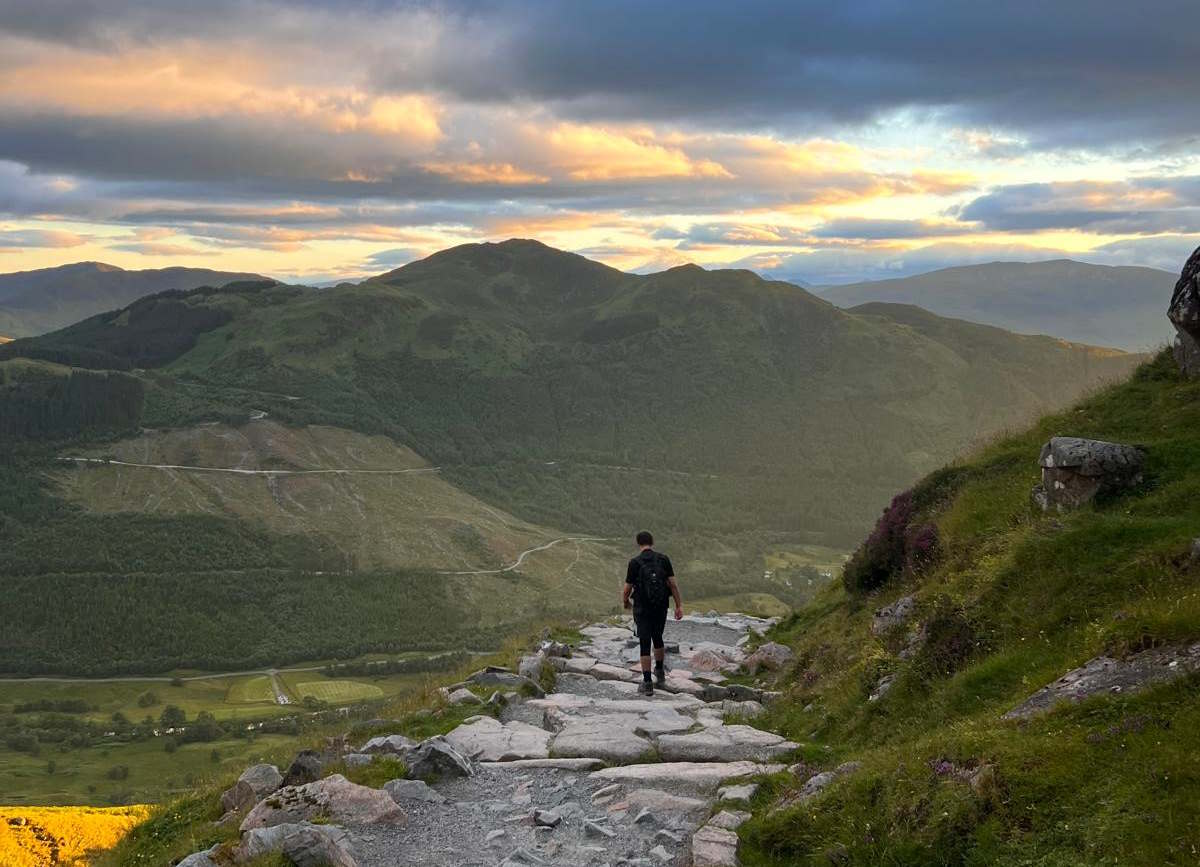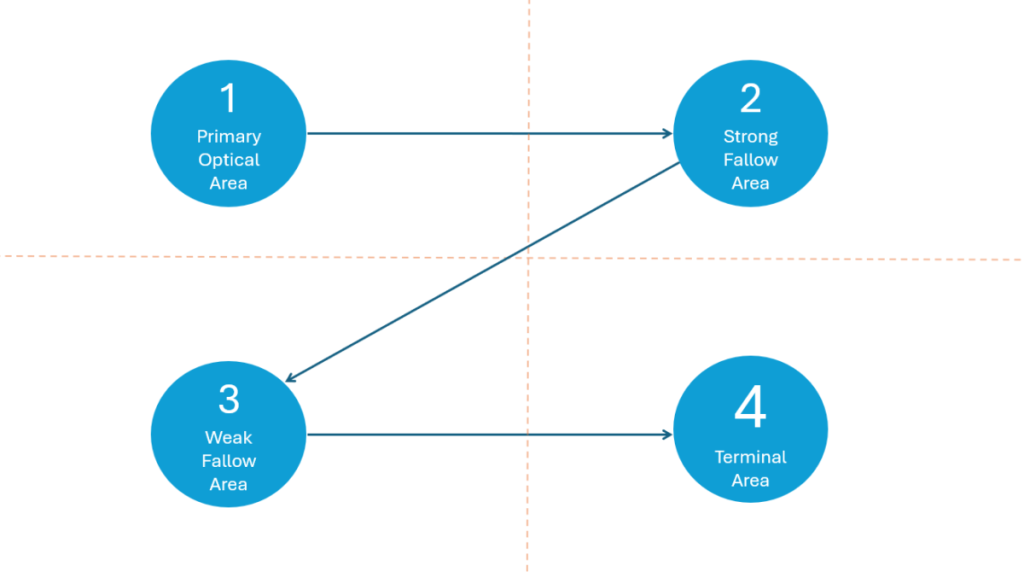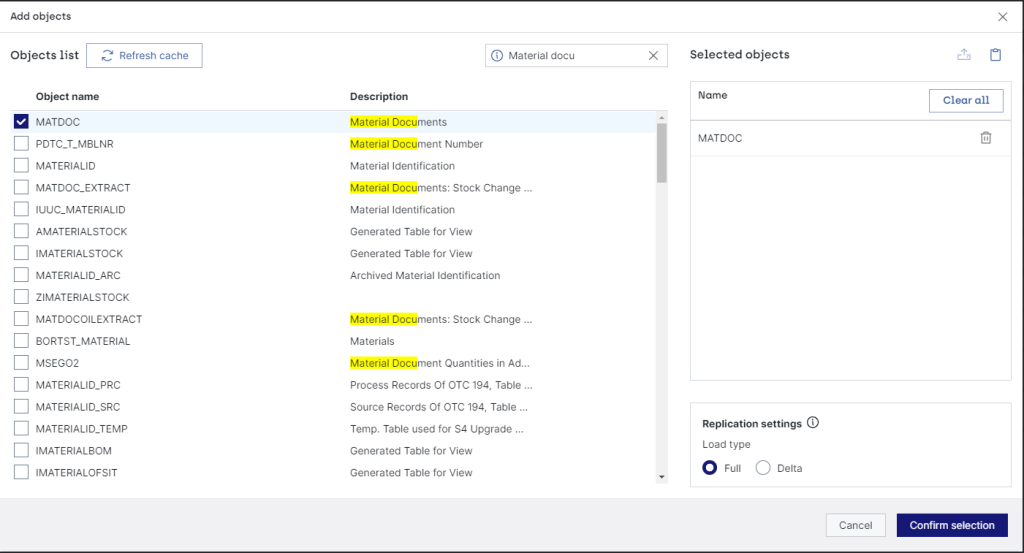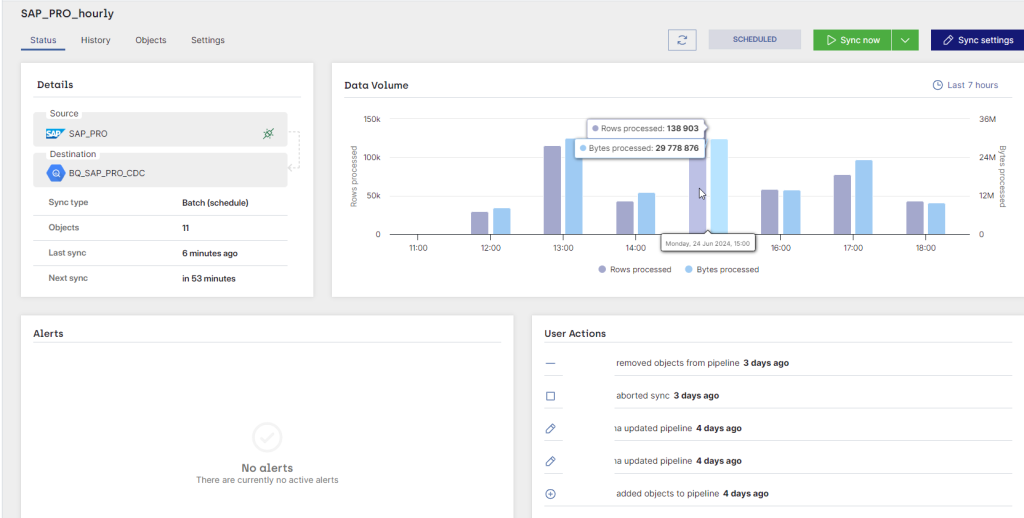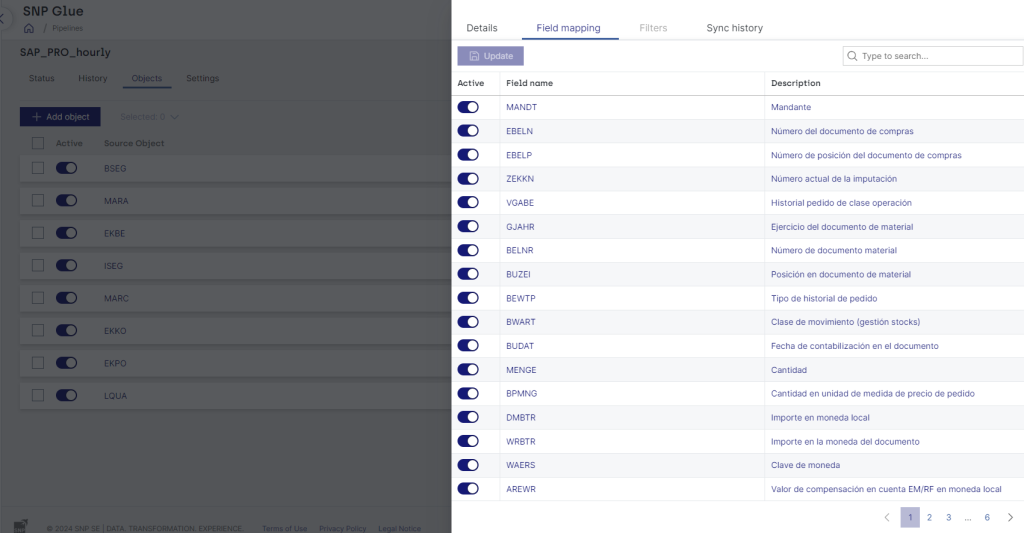It is 5 AM and every step up the mountain hurts. The pace is relentless as we’re behind schedule. Breaks are limited to five minutes every half hour, and that is for the leading pack. Those who can’t keep up with the pace catch up, take their drink standing and have to continue immediately. Nervousness creeps in: This is only the ascend of the second mountain of our Three Peak challenge. The descent, although faster, will hurt more. After that, there is still one more mountain to complete. Can we really do this, or have we bitten off more than we can chew?
On a Thursday afternoon, a team from Snap Analytics set off for their Three Peaks Challenge: Completing the highest mountain in Scotland, England and Wales within 24 hours. Why? The easy answer is that we are raising funds for an IT suite at Hayesfield School for girls. See boxed text for more information. We are very grateful to the many people who made a contribution. Thank you!
Fundraising is only part of the motivation though. Our team of 13 have also signed up for this out of a sense of adventure, for personal achievement, a test of physical and mental toughness and last but not least to spend time together as a team outside the normal working environment.
Stage 1: Ben Nevis (Altitude 1345m, 17km up and down)
The team sets off in great spirit and at great pace. Perhaps too good a pace, as at the first break it is clear not everyone can keep up. The group splits and there are some concerns whether everyone will be able to complete it. This becomes more of a concern at the summit, where the first group decides to start the descend before the last group arrives. On our way back the difficult decision is made to ask the people who are furthest behind to turn around before reaching the top, so we can set off for Scarfell Pike in good time.
Snap Analytics is raising money for a new IT Suite at Hayesfield school
Snap Analytics believe that everyone should have the right to a STEM education. We want to encourage more women to pursue a career in STEM, and we believe that this begins from the opportunities that you are given in school. This is why we’re working with Hayesfield Girls School, a local state school in Bath, to raise money for their new IT Suite. You can donate here:
justgiving.com snap-analytics-3-peaks-challenge

The Snap team at the start of Ben Nevis. From left to right: Tom (TC), Raj, Tom B, Dan, Mark, Jan, Ben K, Ben W, Nancy, Paul, Anna and drivers Jamie and Dave
Waiting at the foot of Ben Nevis for everyone to return we experience our first set-back: Paul has rolled his ankle, twice, and is struggling to get off the mountain. There is not much we can do other than wait. Finally, 1h15 minutes after the first group, Paul makes it back. Our drivers, Jamie and Dave, have managed to get some ice packs and medication. After a quick treatment, we’re on our way to the Lake District.

The last remainders of snow on Ben Nevis
Stage 2: Scafell Pike (Altitude 978m, 10km up and down)
Roadworks have caused further delays and we’re setting off at 5AM, one hour behind schedule. Although Scafell Pike is the lowest mountain and shortest walk, it’s a tough mountain to climb. The three youngsters (TC, Mark and Ben K) speed ahead and are already on their way down when I reach the top. The last 15 minutes up are really tough going with loose rocks to scramble over and the top being further away every time we think we’re there. Soon after I start making the descent, I meet the last group on the way up. Paul has managed to keep a good pace, despite his injury and I feel more optimistic about gaining back some time on the schedule.
Ben K completed Scafell Pike in just under three hours, and most of the others follow shortly after. Raj gets a big cheer as he returns, having made it to the top and coming back within the 4hrs scheduled time. Unfortunately, Paul’s injury played up during the descent. We set off to Snowdon severely behind schedule but the big blow is that Paul has to pull out due to injury. Paul has put a lot of effort in organizing the trip and get everyone prepared and is obviously gutted he now can’t complete it.
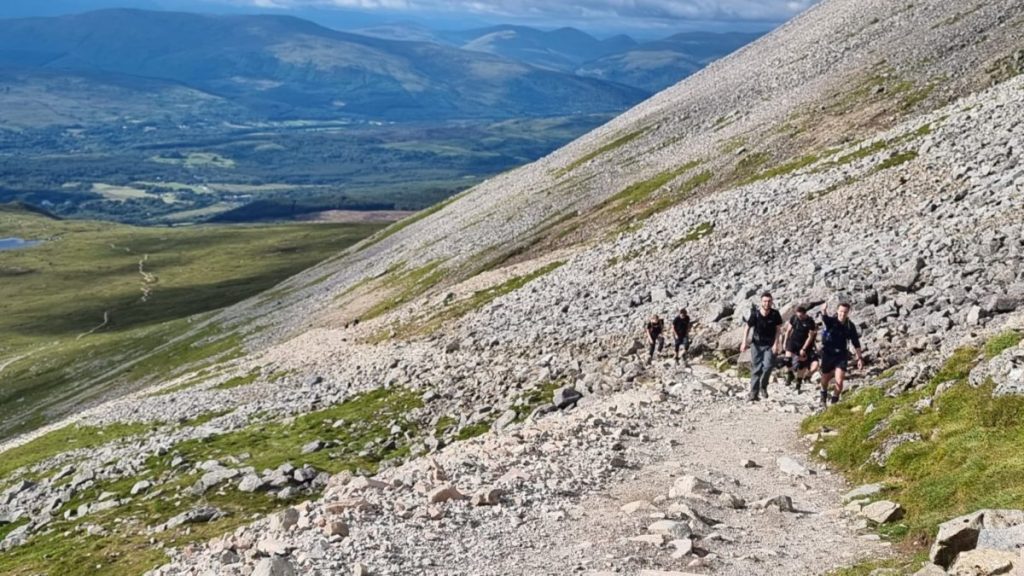
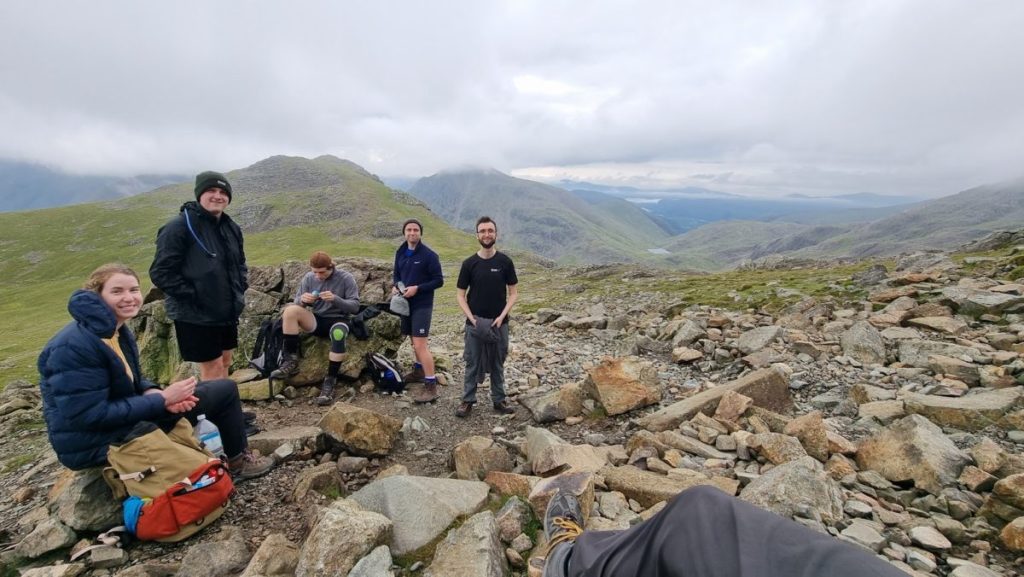
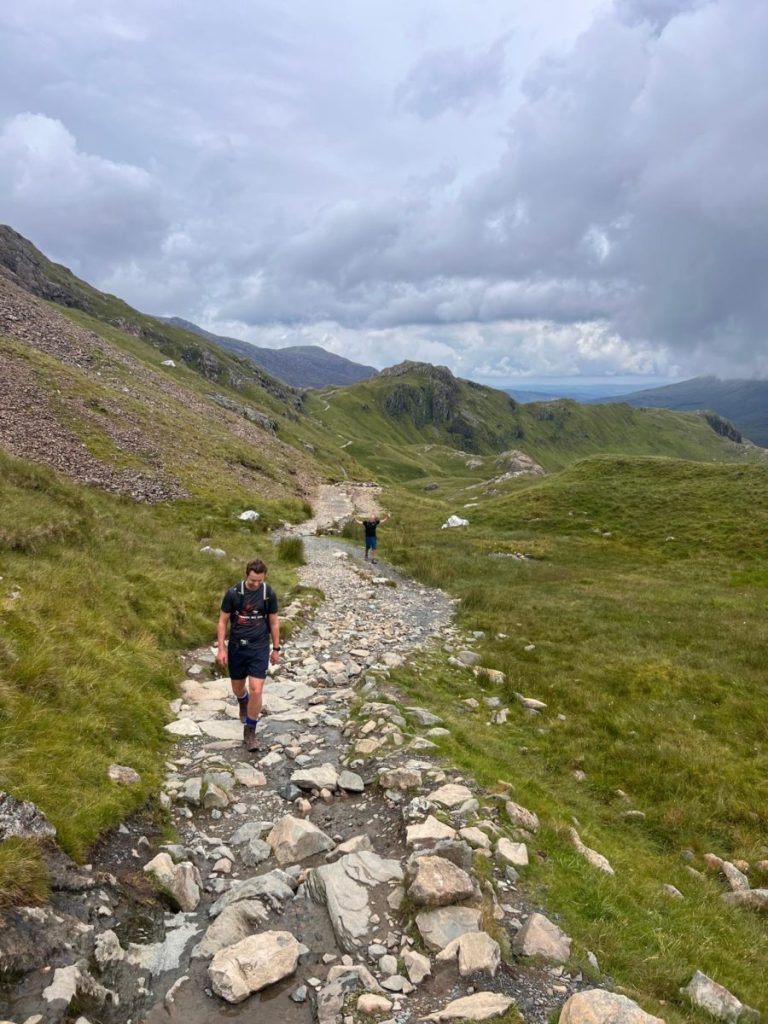
From left to right: Ben Nevis, Scafell Pike, Snowdon
Stage 3: Snowdon (Altitude 1085m, 11km up and down)
We arrive at Snowdon just after 4PM, three hours behind schedule. The journey out of Scafell was a nightmare, with heavy traffic on single-track lanes. Not easy when you’re driving a 17-seater bus. I was blissfully unaware of the challenges as I was knocked out by a anti-travel sickness pill. Despite being in an uncomfortable seat and being cramped in by backpacks I slept for most of the way. En route we said goodbye to Paul (injured) and Nancy (who had always planned to join us for two of the three peaks).
Raj, Anna and I knew we couldn’t get to the top on time to get back in time for our last train back to London but we gave it our best shot to get as far as we could. Anna almost ran up the mountain, with Ben K on her side and me shortly after. We took the Pyg track, which means to the top is only a 723m ascent, but it was steeper than expected. We managed to complete 2.5km, just short of the halfway point. Ben K and Dan decide to wait for the last four to regroup so they would make the journey to the top together. Anna, Raj and I head back to the bus to catch our train, with mixed feelings. Having come this far we would all have loved to get to the top, but we can take pride in how much we managed to do in the time we had available. Tom Bruce, TC, Ben K, Mark, Dan and Ben W reached the summit 18:17 and the round-trip took them 4 hours. An amazing achievement, and mission completed!
For those interested in the breakdown of the timings, there is a table at the bottom of this page with all the details.
Mission completed
The experience was physically challenging but great fun to do. Each of the three mountains is unique but they are all stunningly beautiful. It was nice to spend time with colleagues outside of normal work.
I am a fairly competitive person (although mellowed somewhat over the years) and when I join a challenge, I tend to think in terms of winning and failing. From that perspective, we failed: Only six from ten people completed the challenge, and they took 3:30hrs longer than the 24hr limit. What I learned is that the 24 hours is just a number and we’re not trying to qualify for the Olympics. A few hours more or less is really not that important. In hindsight, I could have been less obsessive about the timings and let everyone enjoy the experience a bit more. I also thought I would be devastated if I did not complete the challenge in time or, in my case, not at all. Yes, I am somewhat disappointed, but also proud of what I achieved and what we achieved as a team. Most of all though, we all had a great time.
From a fundraising perspective, the challenge was a success as well. At the moment of writing, nearly £2,000 has been donated, and I know there are some pledges outstanding. Again, many thanks to all the people who have made a contribution. Finally, a big thank you to Snap Analytics. Snap Analytics kindly covered the operational aspects of the challenge, providing transport, accommodation and an amazing t-shirt!
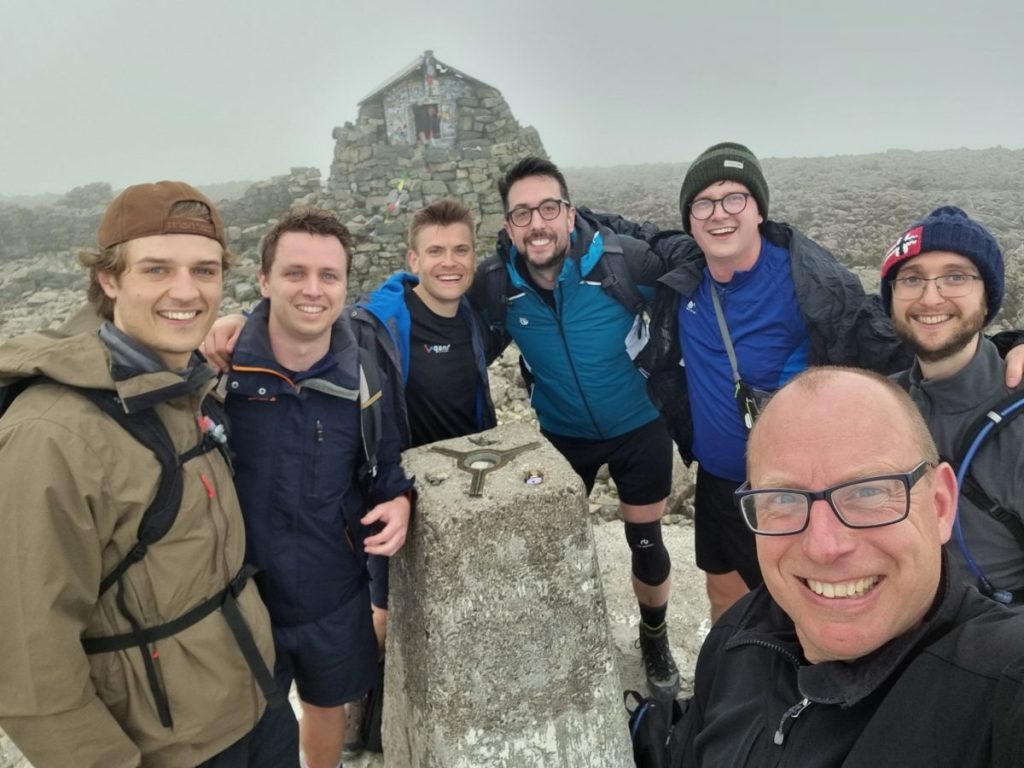
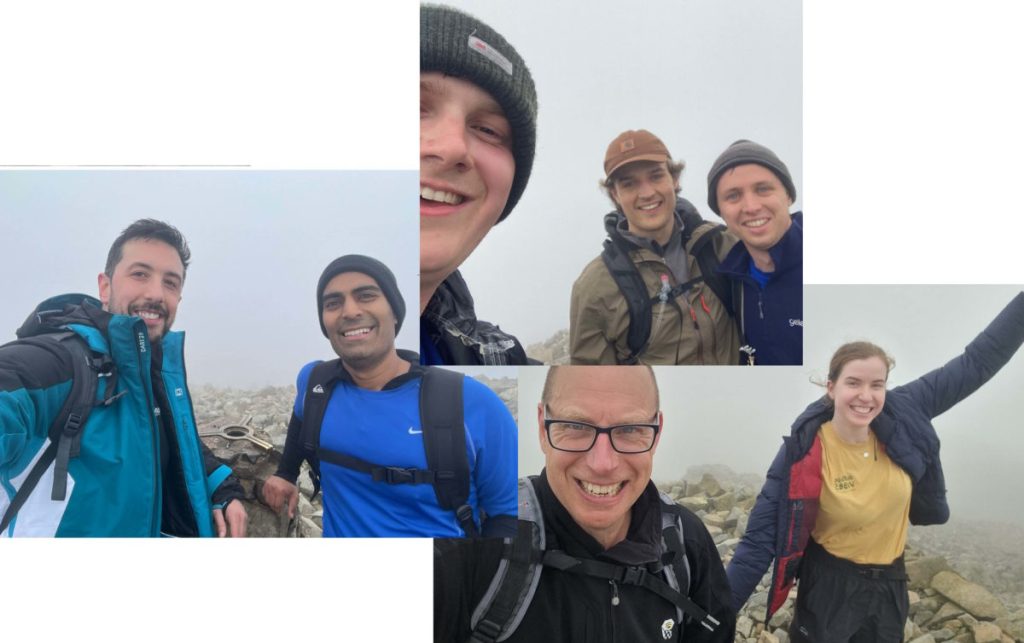
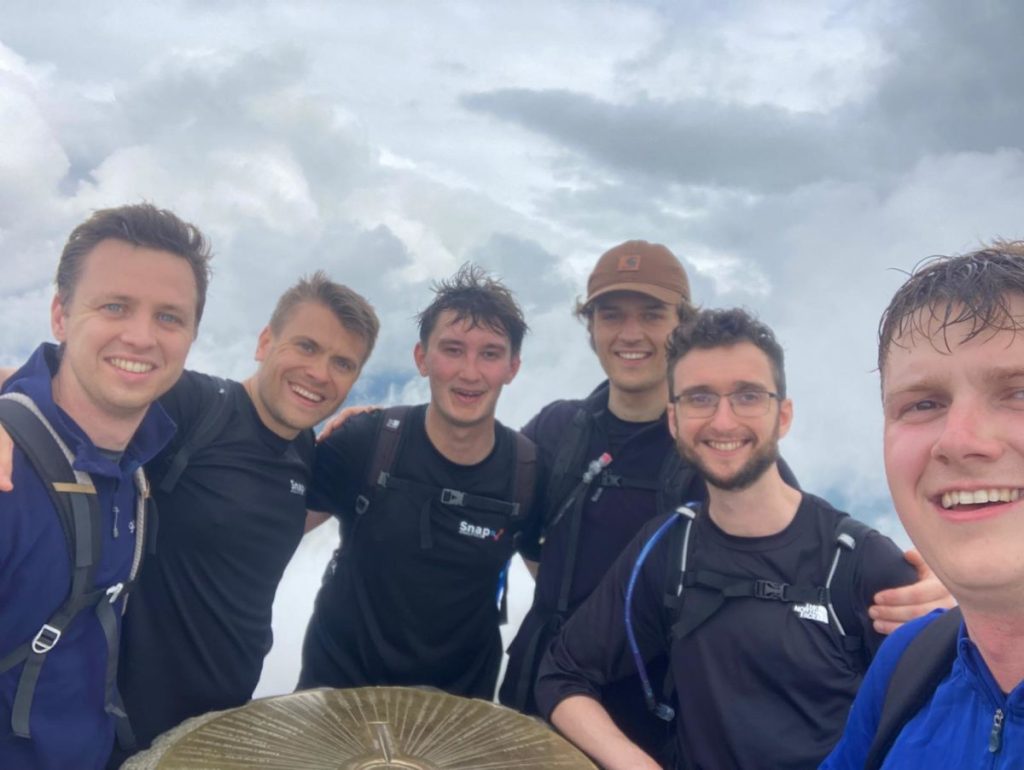
Views from the top: Ben Nevis, Scafell Pike and Snowdon
Facts and figures
Snap Analytics is a data company so here are some facts and figures. I am sure someone will come up with beautiful visualisations, but for now, the raw data is here:
| Plan | Fast group | Complete group | ||
| Duration | Time | Duration | Duration | |
| Start Ben Nevis | 17:00 | 17:00 | ||
| Complete Ben Nevis | 05:00 | 22:00 | 04:06 | 05:19 |
| Drive to Scafell Pike | 06:00 | 04:00 | 07:03 | |
| Complete Scafell Pike | 04:00 | 08:00 | 02:56 | 04:42 |
| Drive to Snowdon | 05:00 | 13:00 | 06:19 | |
| Complete Snowdon | 04:00 | 17:00 | 04:01 | |

